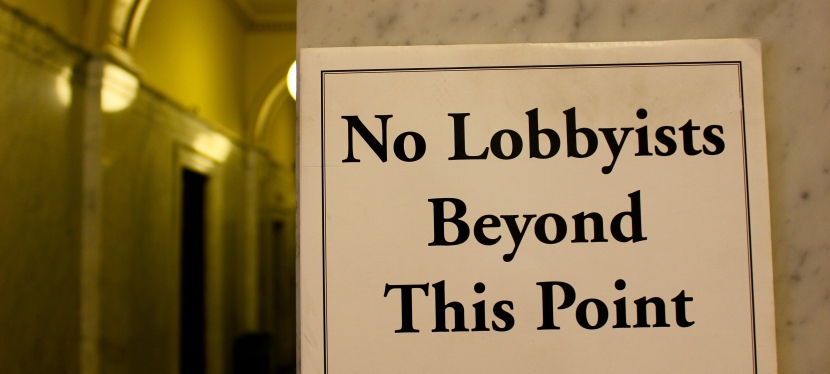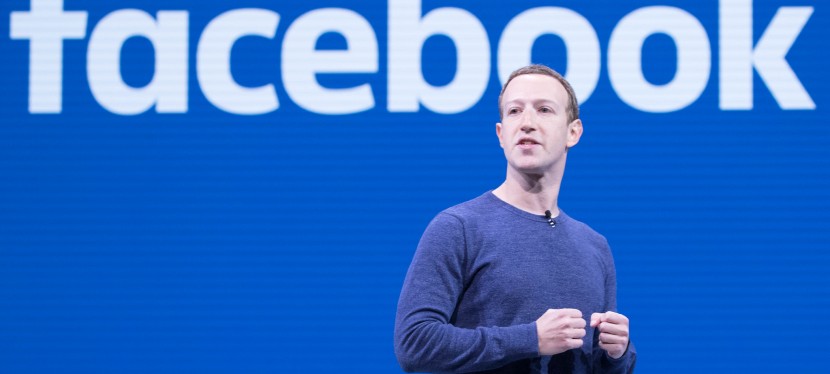Today (December 2nd) is International Day for the Abolition of Slavery.
Yesterday, in a cruel irony, the U.S. Supreme Court heard consolidated oral arguments in Nestlé USA, Inc v. Doe I, Docket number 19-416 and Cargill, Inc v. Doe I, a consolidated case on U.S. corporations and liabilities for alleged child slave labor violations abroad.
The basic facts of what happened are beyond dispute: six Africans were trafficked out of Mali as children, where they were forced to work long hours on Ivory Coast cocoa farms and locked at night into shacks. Attorneys for the six Africans argued that the companies should have better monitored their cocoa suppliers in West Africa and have liability. The countries of the region grow about two-thirds of the world’s cocoa, and child labor is endemic.
Looking at the docket files for the case, one finds amicus briefs from Coca-Cola, Chevron, the U.S. Chamber of Commerce, and a joint filing for three trade associations (National Confectioners Association, the World Cocoa Foundation, and the European Cocoa Association), all in support of Cargill. As well, the Washington Legal Foundation and the Cato Institute filed amicus briefs in support of the corporations.
Cargill and Nestle selected a lawyer well-known to MSNBC aficionados to represent them: Neal Katyal, a former Acting Solicitor General of the United States, and the creator of an inspiring TED Talk. Both companies have strongly worded policies against child labor and human trafficking and the like. All of the amicus briefs stated that they abhor child slavery and the corporations actively take steps to eradicate such practices among their suppliers.
The broad outline of the companies’ argument is found in the second page of Katyal and his team’s brief:
Plaintiffs’ brief confirms that all they have alleged (and can allege) is that Nestlé USA lawfully purchased some cocoa from Côte d’Ivoire and exercised some generalized supervision. The true wrongdoers are the Malian and Ivorian traffickers, farmers, and overseers who injured Plaintiffs in West Africa.
In other words, the practices of Nestlé, Cargill and, by extension, Chevron, Coca-Cola, and all multi-national corporations with dispersed supply chains are sufficient. The terms of their contracts are clear and exclude child labor, human trafficking, and all forms of modern slavery. Occasionally, they do audits of their suppliers. Isn’t that enough? How can a company be responsible for all the actions of their suppliers?
At issue, according to the briefs, is liability under the Alien Tort Statute, a part of the Judiciary Act of 1789. It has been enshrined in U.S. law for more than 230 years. To me, the most interesting exchange during the hearing was between Justice Elena Kagan and Katyal (pages 19-21 of the transcript):
JUSTICE KAGAN: Mr. Katyal, is child slavery, not aiding and abetting it but the offense itself, is that a violation of a specific universal and obligatory norm?
KATYAL: We’re — we’re not – yes, I think we’re not challenging that here. It’s just the aiding and abetting.
JUSTICE KAGAN: Okay. So, if that’s right, could a former child slave bring a suit against an individual slaveholder under the ATS?
KATYAL: So they — if it were – if it weren’t extraterritorial and it wasn’t a corporate action, yes.
JUSTICE KAGAN: Yeah, no problem extraterritorial, no problem aiding and abetting, just a straight suit.
KATYAL: Correct.
JUSTICE KAGAN: Okay. And could the same child — former child slave in the same circumstances bring a suit against 10 slaveholders?
KATYAL: You know, if they – if they met the — you know, the requirements under the — the law, yeah, sure. I mean, if they —
JUSTICE KAGAN: Okay. So if —
KATYAL: — if it was a plausible allegation.
JUSTICE KAGAN: — if you could bring a suit against 10 slaveholders when those 10 slaveholders form a corporation, why can’t you bring a suit against the corporation?
KATYAL: Because the corporation requires an individual form of liability under a norm, a specific norm, of — of – under international law, which doesn’t exist here. I think Sosa in Footnote —
JUSTICE KAGAN: I — I — I guess what I’m asking is, like, what sense does this make? This goes back to Justice Breyer’s question. What sense does this make? You have a suit against 10 slaveholders, 10 slaveholders decide to form a corporation specifically to remove liability from themselves, and now you’re saying you can’t sue the corporation?
Justice Kagan was pointing toward an amicus brief from the Yale Law School Center for Global Legal Challenges filed in support of the six Africans. In the brief, Oona Hathaway sets forth a compelling argument that:
Slavery, forced labor, and human trafficking constitute the worst forms of human exploitation. The law of nations has long prohibited these practices in specific, universal, and obligatory terms. Indeed, these prohibitions are among the most longstanding, deeply rooted prohibitions in international human rights law. Each of these prohibitory norms of international law extends, moreover, to natural and juridical [corporations] persons alike. (p. 33)
Citizens United v FEC decided that corporations are people, when it comes to political spending, but corporations are now arguing that they are not people when it comes to child labor, human trafficking, and modern slavery.
I won’t pretend to know how this court will decide the case, but it should go without saying that aiding and abetting slavery is wrong, whether it is done by an individual or a corporation.









